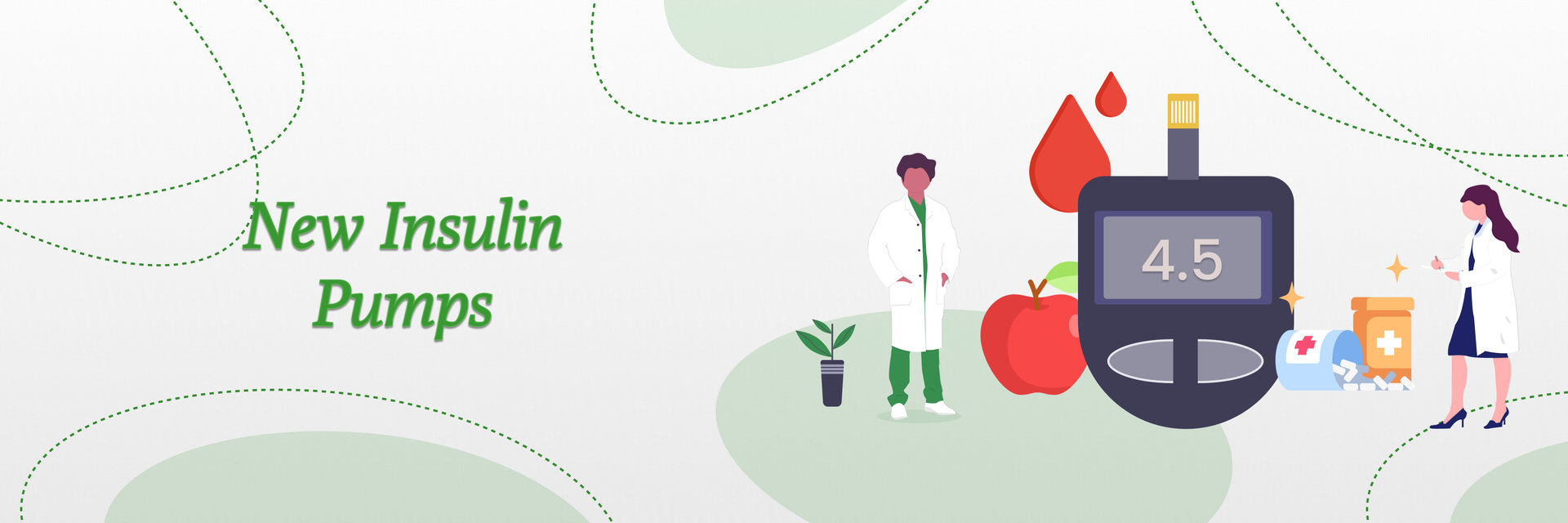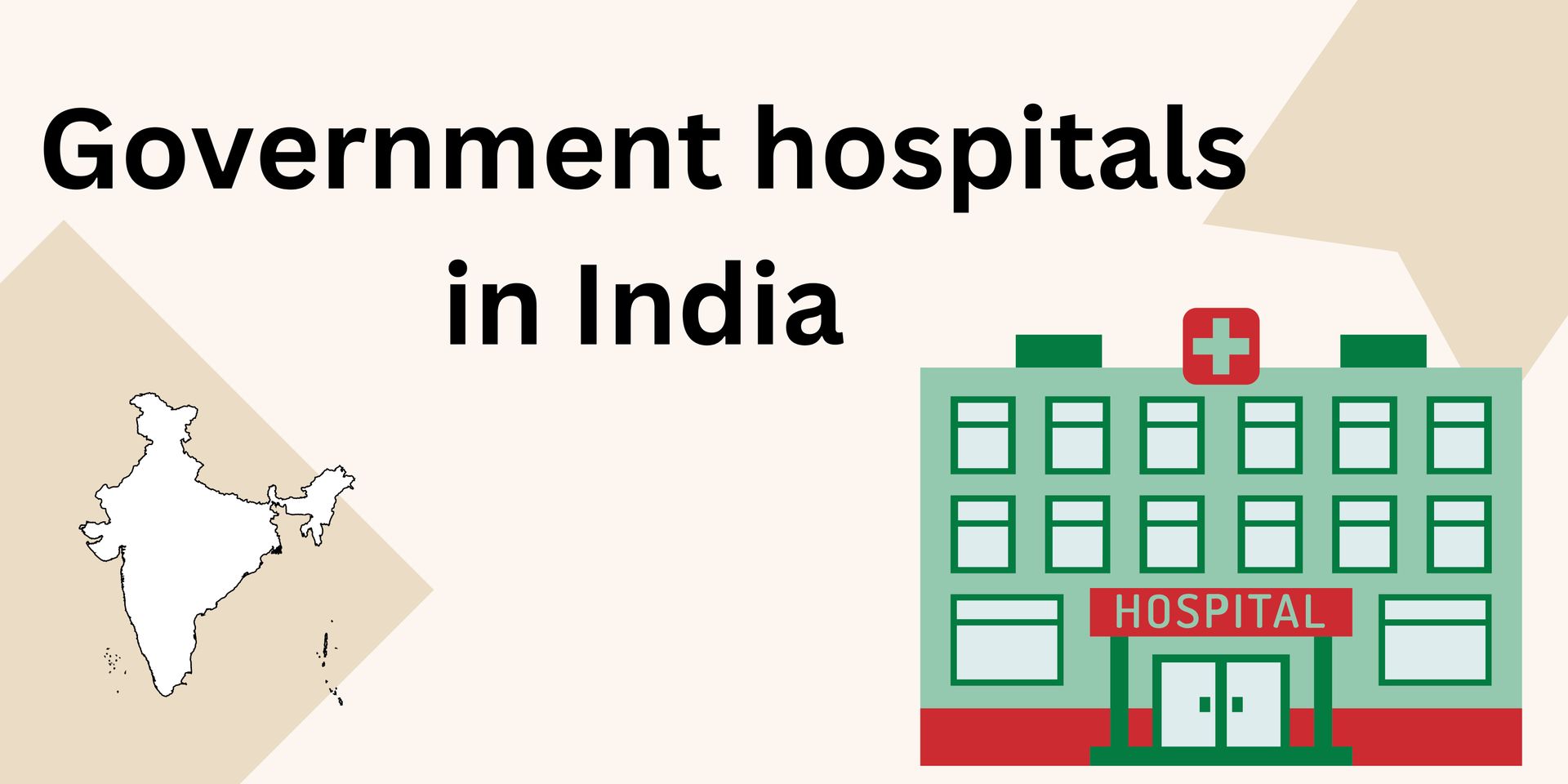Overview
Telehealth is no longer just an experiment—it’s part of how care happens every day. A video call replaces the trip to the clinic, and a phone line replaces the waiting room. But here’s the catch: if communication fails, the whole system stumbles. Patients get stuck on hold, calls are missed, and privacy feels shaky.
That’s why tools like virtual numbers and secure call routing are quietly changing the game. They don’t just handle calls. They make sure the right person answers, private details stay private, and patients don’t feel like they’re shouting into the void.
Why Communication Shapes the Telehealth Experience
When a patient cannot reach their doctor, frustration builds fast. A late callback might mean a prescription isn’t approved on time. Someone waiting for test results may panic when no one picks up. These aren’t small slips, and they can harm trust.
Telehealth lives or dies on communication. Patients need a clear way in. Providers need a system that sorts calls without drowning them in noise. Without that balance, even the best video platform or online medication won’t matter.
What Virtual Numbers Really Are
At first glance, a virtual number looks like any other phone number. Call it, and it works. The difference? It isn’t nailed down to a single desk phone. Instead, it runs online, which means it can forward calls to different devices—mobile, desktop apps, or even multiple staff at once.
For patients, that one small change feels big. They dial a number, and it just works. For providers, it means flexibility: one number can serve a whole team without confusion.
Why Patients Value Virtual Numbers
Patients notice when things feel easier. Virtual numbers give them:
Privacy: No need for doctors to hand out personal numbers.
It’s not flashy, but it matters. Patients call once, get through, and feel heard. Providers keep their boundaries without closing the door on access.
Secure Call Routing and Its Role
Although routing sounds technical, it simply means ensuring that the right person answers the call. Secure call routing does that with extra layers. They are the rules that direct the call properly and encryption that keeps details hidden.
Picture this: a patient waiting on lab results finally dials in. Instead of landing in the wrong department or voicemail, the call goes to the nurse handling their case. That’s what routing fixes—no wasted time, no runaround.
How Secure Call Routing Works Behind the Scenes
Here’s how it unfolds:
1.A patient dials the number.
2.The system checks who they are or what they need.
3.Routing rules guide the call.
4.Encryption locks the line.
5.A provider answers, already prepared.
From the outside, it feels effortless. Inside, the system is working hard to cut out delay and risk.
Why Rural Patients Benefit Most
For patients in small towns, healthcare often means long drives or limited specialists. With a virtual number, distance fades. One call can connect them to a provider in a different city. Routing makes sure it doesn’t bounce around before reaching the right person.
It’s not just convenience—it’s access. For some patients, this is the only practical way to see a specialist without leaving home. Another example of how digital tools increase access to formerly distant or resource-scarce patients is online EM DR.
Cutting Down Wait Times
No one likes being left on hold, especially not when health is at stake. Secure routing helps spread calls across available staff. Instead of everyone lining up for the same number, the load balances out.
Patients spend less time waiting. Providers handle calls without feeling crushed. That balance keeps the system human.
Keeping Privacy Front and Center
Healthcare calls often carry details no one else should hear. Patients want to trust that what they share stays private. Virtual numbers hide provider details, and secure routing adds encryption.
Together, they create a safe space for honest conversation. Patients relax, open up, and providers get the details they need to give better care.
Real-Life Uses in Telehealth
These tools show up in ordinary care every day:
- Follow-ups: Patients dial one number, reach the right nurse.
- Referrals: Calls go straight to specialists instead of bouncing around.
- Mental health: Private sessions happen without exposing personal lines.
- Emergencies: Calls redirect to whoever is available.
It may sound small, but these moments build trust and keep care flowing.
How Providers Gain Too
Providers often juggle full schedules. Calls on top of that? Overload. Virtual numbers lighten the pressure. One number can belong to an entire team. Calls rotate during shifts, and after-hours requests are forwarded to whoever’s on call.
That means doctors don’t need to hand out personal numbers, but patients still feel supported. Boundaries stay intact, but access doesn’t disappear.
Linking With Patient Records
When these tools connect to health record systems, they save even more time. A patient’s call can pull up their file automatically. By the time the provider answers, the basics are already on screen.
No repeating details, no wasted time—just faster, more accurate support.
Another key element in this case is healthcare call center software that allows teams to overcome high call volumes while ensuring seamless and safe communication.
Cost Benefits for Clinics and Hospitals
Traditional phone systems cost a lot to maintain. Virtual numbers run online, cutting expenses. Secure routing reduces missed appointments and wasted slots. For clinics with tight budgets, that can be the difference between running smoothly and struggling.
In the case of hospitals, the savings accumulate and can be utilized to enhance other sectors of care. EHR systems also contribute here, allowing providers to streamline records while reducing paperwork and operational costs.
Building Patient Trust
Trust doesn’t appear overnight. It grows when patients see that calls are always answered and private details remain safe. Virtual numbers make providers reachable. Routing ensures that patients are not misplaced.
Small wins eventually become long-term confidence. Patients trust the system, and providers build long-term relationships.
Difficulties and How to deal with them.
Of course, no system is perfect. Some clinics face:
- Technical glitches that disrupt calls.
- Staff training needs as people learn the new tools.
- Initial setup costs that feel high upfront.
The solution? Slow rollouts. Clinics test, train, and adjust in stages. With the right approach, these hurdles shrink fast.
Looking Ahead
Telehealth is only going to grow. Soon, AI may help route calls automatically, predicting what patients need before a provider picks up. Virtual numbers might link with chatbots for quick answers, leaving doctors to focus on complex cases.
The health industry will continue to become smarter, faster, & more intimate with growing technology. Patients will have the opportunity to receive help faster, and providers will have more time to spend it where it is needed.
Bottom Line
Telehealth stands or falls on communication. Virtual numbers and secure call routing provide a strong foundation. They keep patients connected, protect sensitive details, and help providers manage calls without burnout.
This does not only concern new technology, but also enhanced care. Patients become more reassured. The providers have reduced stress and increased concentration. Ultimately, communication proves not to be a hindrance but an intermediary.







